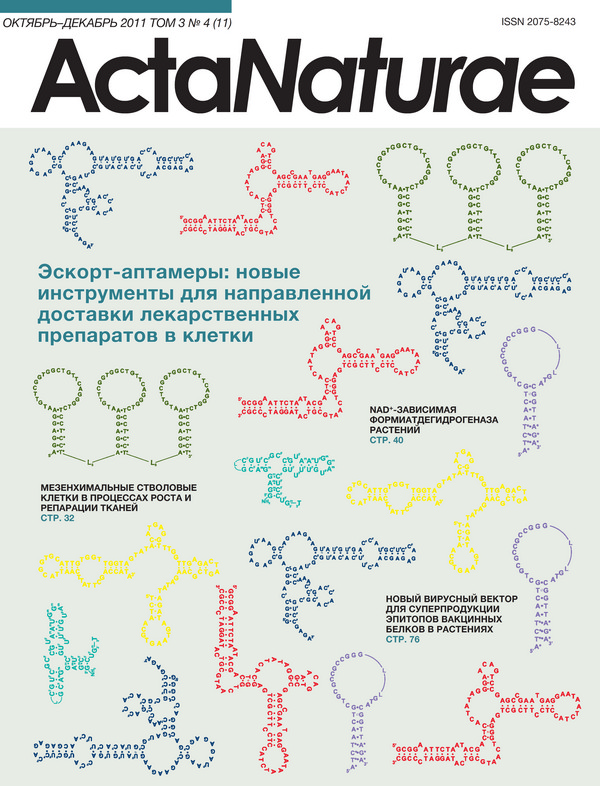Abstract
The use of stem cell technologies in retinal defect reparation therapy has produced beneficial results. Nowadays, numerous protocols exist which provide a neural differentiation of the stem cells transplanted into the retina. However, questions concerning the functional replacement of the missing retinal neurons by transplanted cells thus far remain unanswered. The organotypic culture protocol was used in this study in order to prove the possibility of transdifferentiation of bone marrow stromal cells (MMSCs) and neural stem/progenitor cells (NSPCs) from EGFP-positive mice and the functional integration of these cells. This technique enables a detailed characterization of cell behavior post-transplantation. Using atomic force microscopy, we reliably demonstrated the difference (p < 0.01) between the thickness of the outgrowths formed by glial and endothelial retina cells and the thickness of neurites and neuro-like transplanted MMSC outgrowths. MMSCs are also shown to form synapses up to 2.5 ± 0.06 μm in diameter on day 4 after the transplantation. Following electrical stimulation (20V, 0.5Hz, 200ms), clear depolarization of retinal neurons and their outgrowths is detected. It is shown that some of these GFP+ MMSCs, which changed their morphology after the transplantation in retinal explants to neuro-like MMSCs, are capable of depolarizing after exogenous stimulation.







